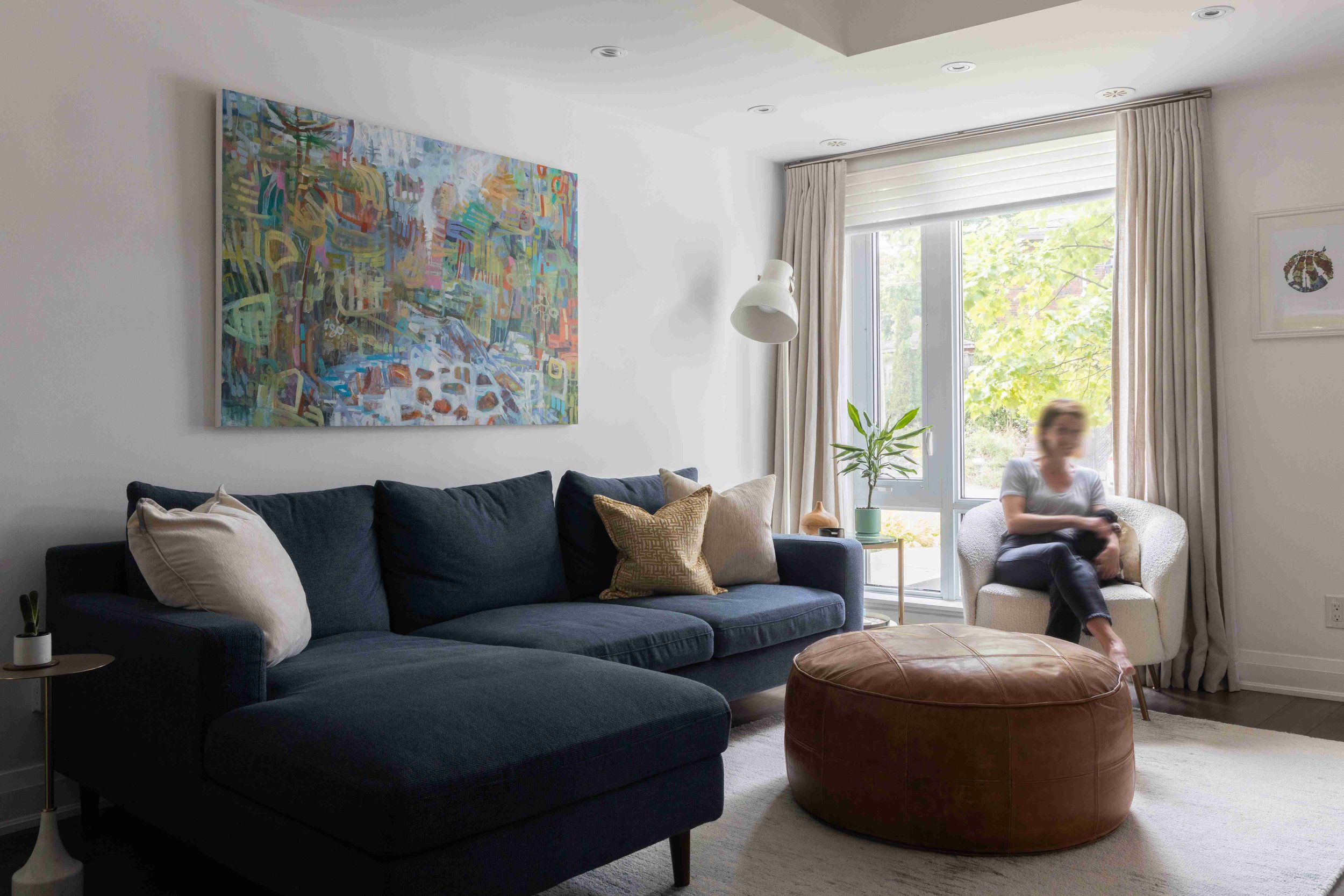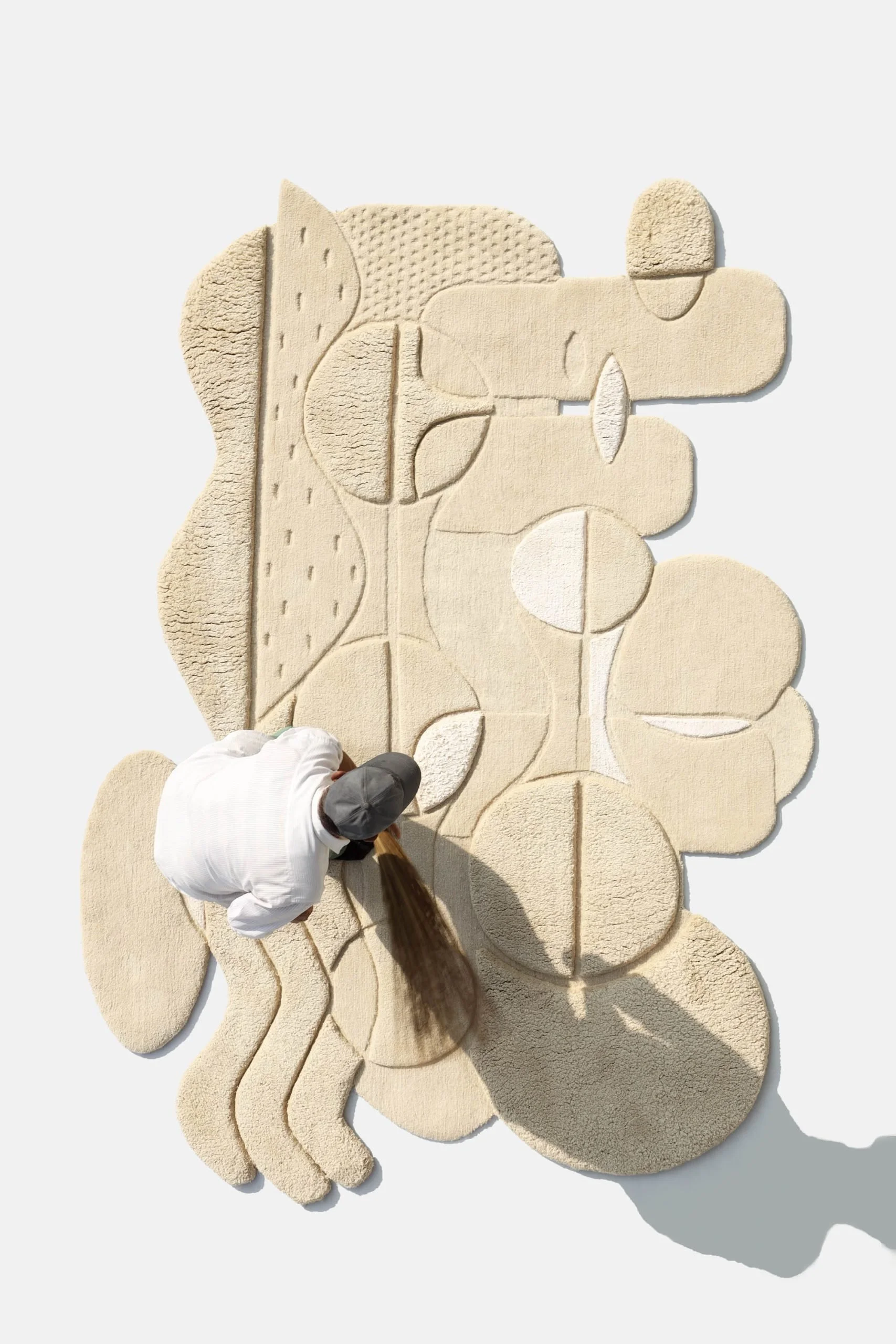Designing a Beautiful Family Living Room While Living with Small Kids
How to Balance Style, Function, and Family Needs with Smart Interior Design
Creating a beautiful and functional family home doesn’t mean you have to compromise on aesthetics—yes, even with small children in tow. At Sansa Interiors, we believe that great design should support your lifestyle, not complicate it. With thoughtful planning and the right materials, your home can be both stylish and kid-friendly.
Here are our best tips for designing a space that feels elevated, inviting, and ready for real life with little ones.
1. Choose Durable and Easy-to-Clean Materials
Forget “high porous” materials—think practical and beautiful. Choose upholstery and finishes that can withstand spills, sticky fingers, and unexpected artwork.
Our go-to recommendations:
Performance fabrics like Crypton or Sunbrella
Microfiber or leather sofas (especially in medium tones that hide stains)
Washable slipcovers for added longevity and flexibility
Hard-surface flooring like engineered hardwood, luxury vinyl plank (LVP), or tile with area rugs for softness
Pro tip: Use wood finishes that already have texture and character so scratches blend in naturally rather than stand out.
2. Incorporate Plenty of Storage Solutions
Clutter control is key to maintaining a calm and visually balanced space.
What to include:
Closed built-ins or bench seating with hidden storage
Ottomans that double as toy bins
Baskets with handles (easy for kids to carry)
Labelled cubbies to help toddlers and older children tidy up independently
Creating a “home” for everything makes daily clean-up much easier—and teaches your little ones how to care for their space.
3. Select Kid-Friendly Furniture, Grown-Up Approved Furniture
Furniture doesn’t have to scream “kid zone” to be safe and practical.
Design-friendly features to look for:
Rounded corners on coffee tables and side tables
Low-profile seating for easy access
Durable frames (solid wood or metal over particle board)
Poufs or soft stools as flexible seating that can double as play furniture
Avoid glass tops and overly ornate legs that can pose hazards or be easily damaged.
4. Embrace Practical and Stylish Rugs
Rugs ground a space and add visual softness—but make sure they can handle family life.
Look for:
Washable rugs (Y&Co Carpets are a go to supplier)
Patterned designs that camouflage mess
Natural materials like wool for resilience
Non-slip rug pads to avoid sliding accidents
Bonus: rugs help with sound absorption and add tactile comfort for crawling babies or busy toddlers.
5. Create Zones for Different Activities
Designating zones helps define purpose and flow in an open-plan living room.
Ideas to try:
Reading nook with beanbags, low bookshelves, and soft lighting
Toy corner with washable rugs and wall-mounted organizers
Craft station with a small table and easy-access drawers
These boundaries teach kids how to self-direct play and give adults back control over their space.
6. Add Personal Touches with Family-Friendly Décor
A house doesn’t feel like home until it reflects the people in it.
Incorporate:
Framed artwork by your kids (rotate seasonally!)
Gallery walls with a mix of family photos and prints
Non-toxic, wipeable finishes for high-traffic areas
Cozy textures in throws and pillows that can easily be swapped out
Décor should spark joy—but not stress. Choose pieces that are both beautiful and resilient.
7. Involve Your Kids in the Design Process
Empower your children to be part of the process. Ask their opinion on colours or patterns for their spaces. You’d be surprised how excited kids get about contributing!
Not only does this foster creativity and ownership—it also reduces resistance to using the space as it was designed. Plus we LOVE asking kids what their dream room or space entails, as they come up with the wildest (but coolest) ideas.
Remember, Good Design Grows with You!
Beautiful design doesn’t have to be paused during the toddler years. With the right strategy, your home can evolve alongside your family’s needs. Prioritize comfort, flexibility, and authenticity—and remember that mess is a sign of a home being lived in, not a failure of design.







